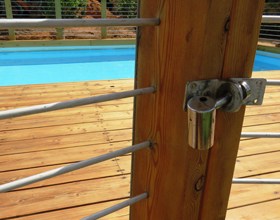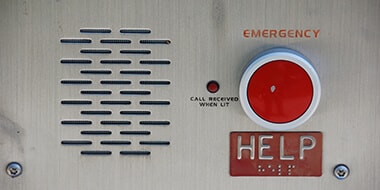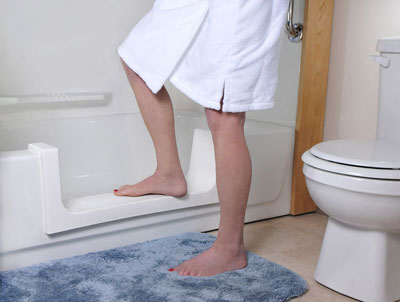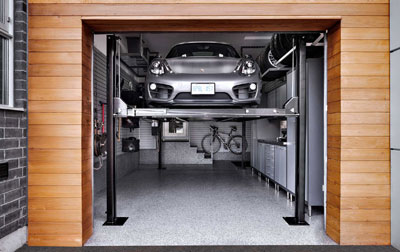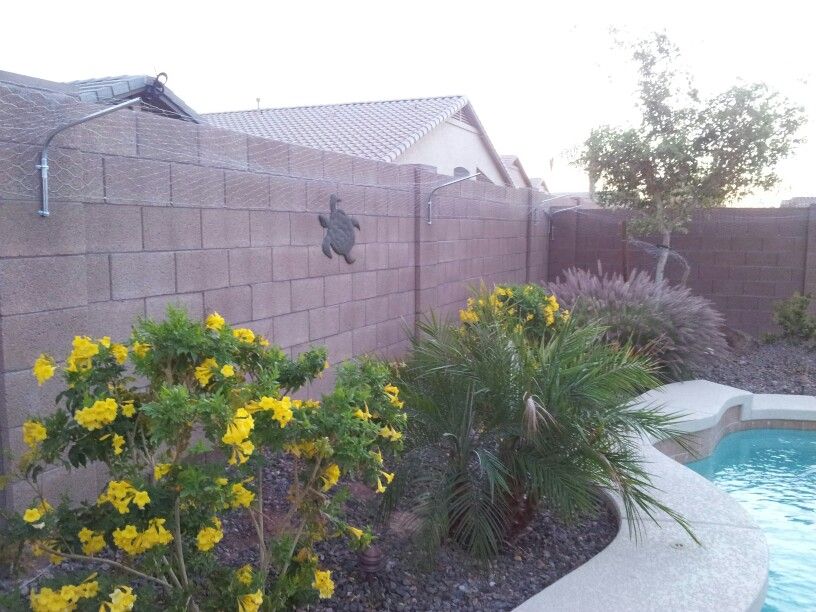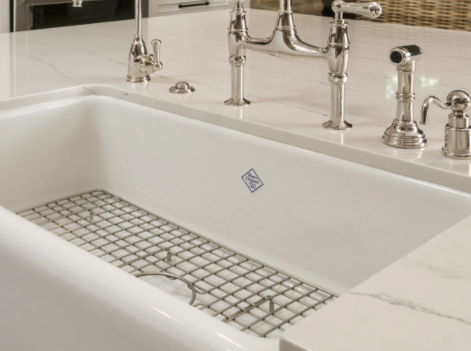 possible, to follow the path.
possible, to follow the path. In certain situations, for a sink cutout, the backsplash interferes with having the rear cut. You have to make the cut with the countertop upside down in that situation, so after checking the fit, make the sink cutout before joining any miter joints or adding the countertop.
You can order your pre-cut countertops, including a sink hole, but do so only if you know that all of your measurements are completely, positively dead-on, with no risk of being even a bit off.
You can make your own by laying the sink on the countertop, making sure the sink is placed uniformly, and drawing around the edges with a pencil if your sink does not come with a template, or if you bought a good-looking close-out-sale sink without a box.
It is best to use a jigsaw to cut out a hole for a drain, which allows for great control.
A fresh jigsaw blade should always be used. Along the cutting line, an old or dull blade can chip the laminate.
Drill two starter holes just inside the cutting line at opposite corners. Using and drill through the laminate and substrate with a 3/4-inch spade bit.
If the cut edge is rough, don't worry. It'll be hidden by the bottom of the sink. You are cutting into pieces that you can finally cut out and throw away (in the garbage, not just up in the air).
In the starter hole, place the blade of the jigsaw and line up the blade precisely on the cutting line.
Turn the countertop over to complete the cut from the underside if the backsplash interferes with the saw shoe and stops completing the cut. Make this cut first if you choose this form.
Split down the line steadily.
Don't be in a hurry-let the saw do the job. Again, don't think about any tiny chips that may appear. The sink lip is going to cover them.
Ask a helper to assist the cutout area to make a smooth, stable cut so that the piece does not drop and cause the saw blade to connect. Make sure heavy gloves and eye protection are worn by your helper.

















